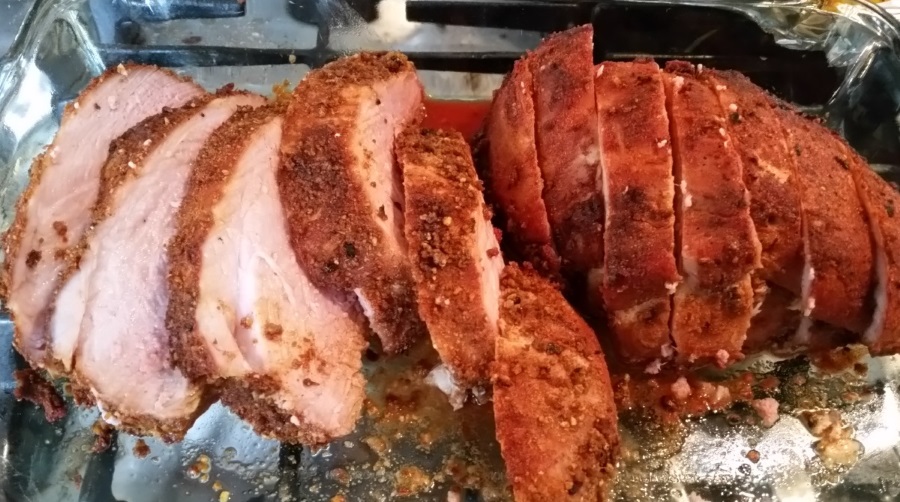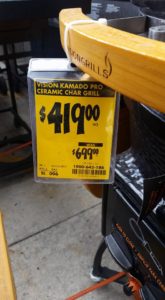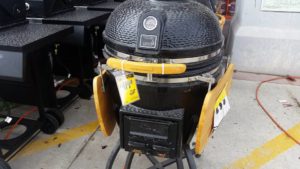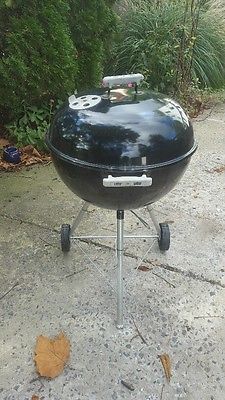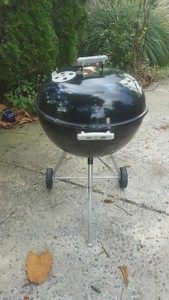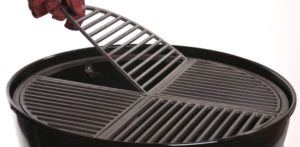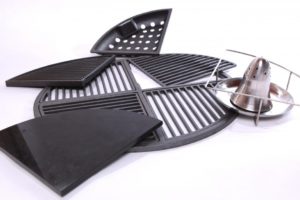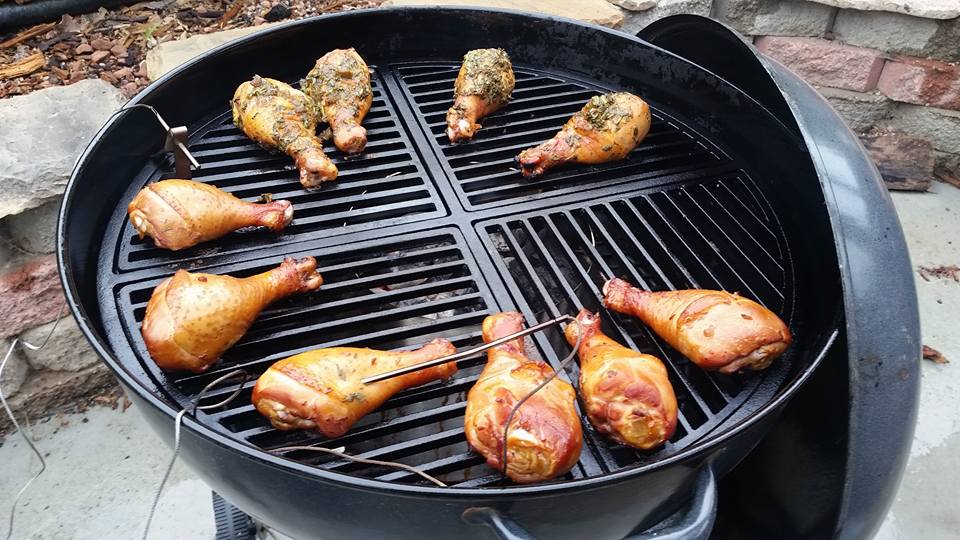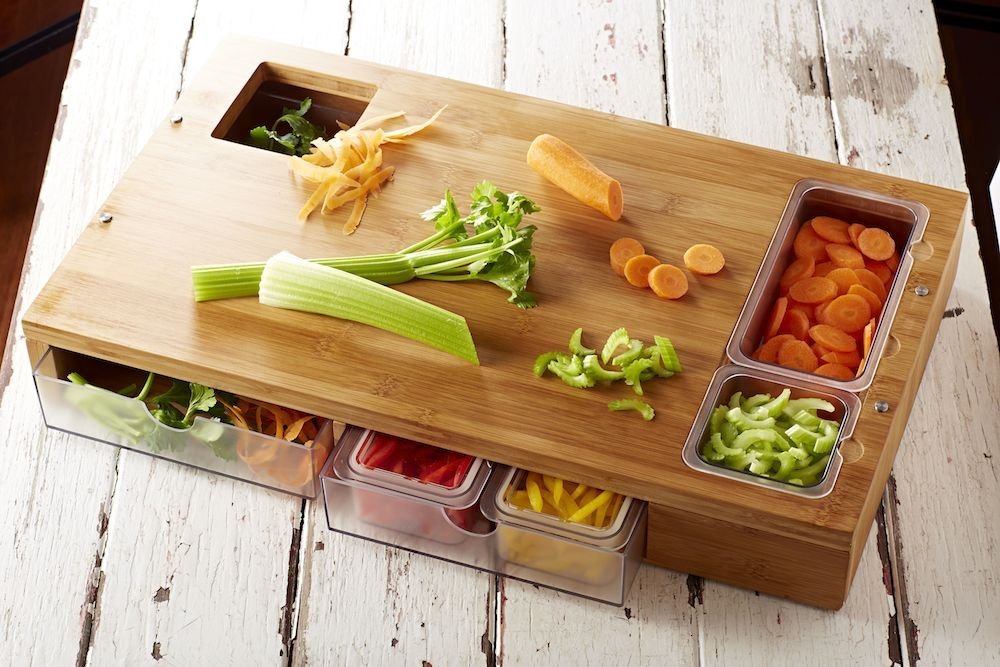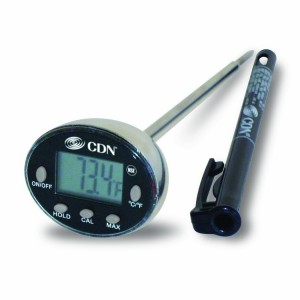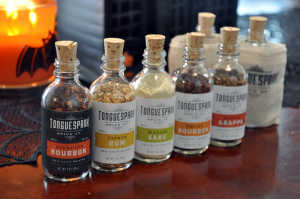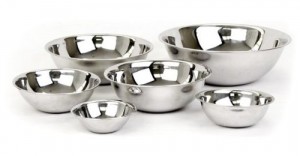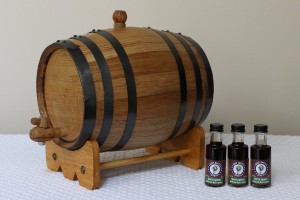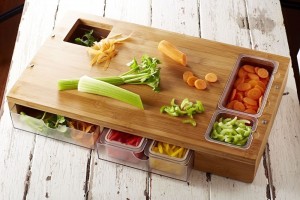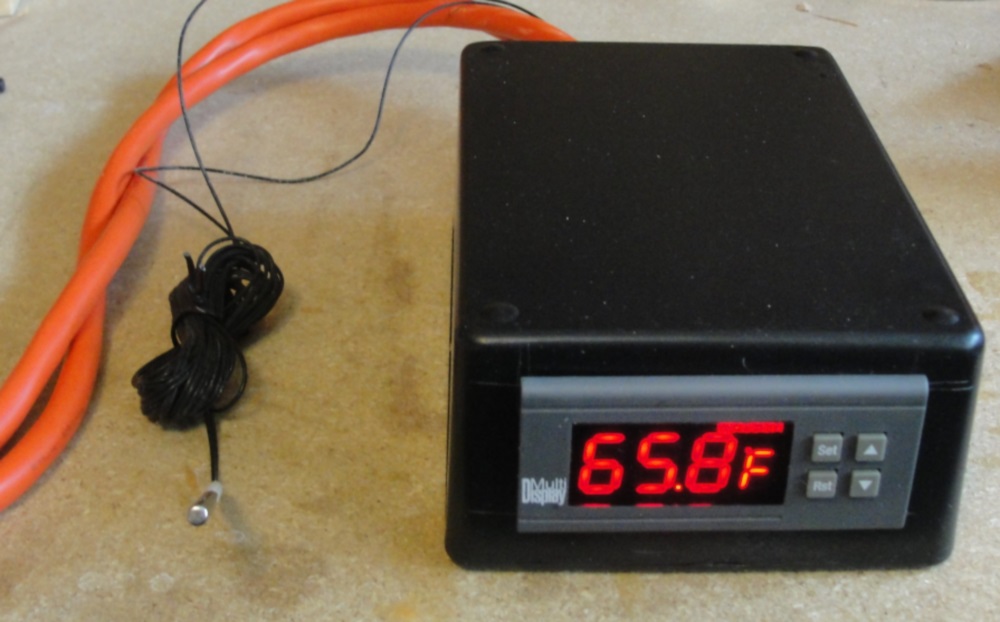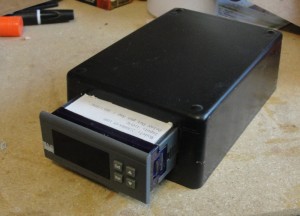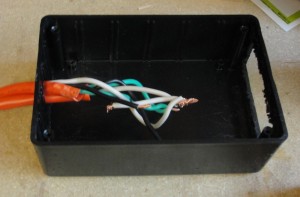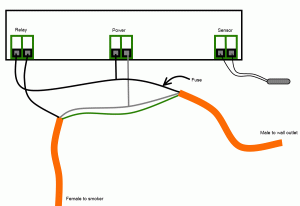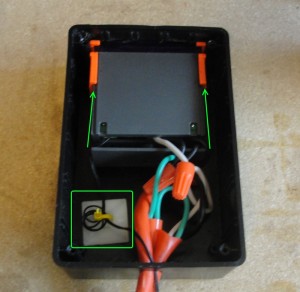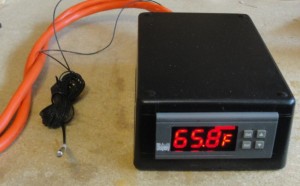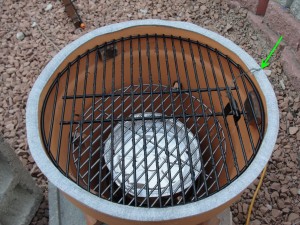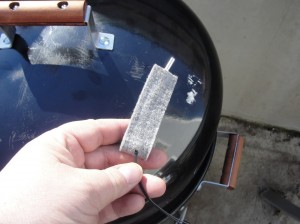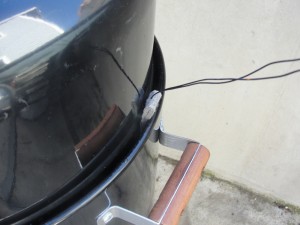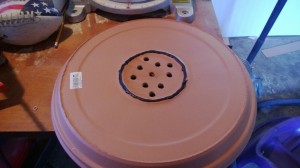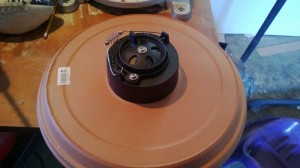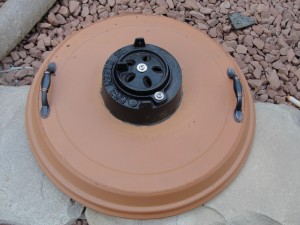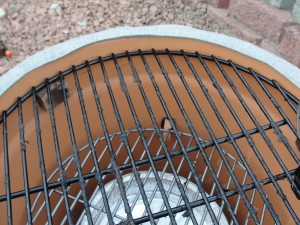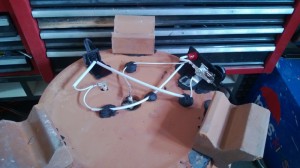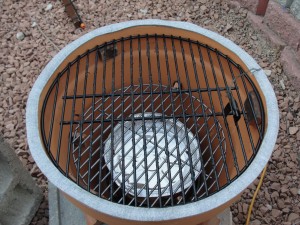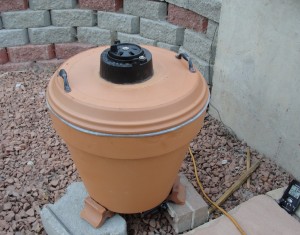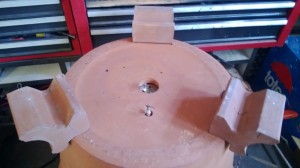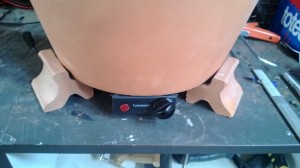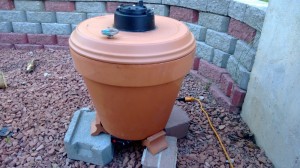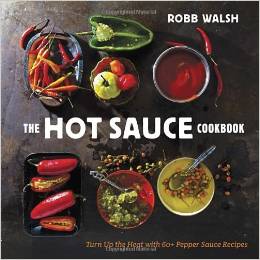The fine folks at ThermoWorks were kind enough to invite some local bloggers to tour their facility last month. I did not know their HQ was right up the road. They were kind enough to treat some local bloggers to a tour, educate us on the different types of thermometry devices were on the market and of course: served up some FINE pulled pork. The bottom line though, is that ThermoWorks takes thermometry seriously. Really seriously. Their onsite calibration and support lab is something I could not imagine made-in-china or bargain thermometer manufacturers have available.
I have been blogging and cooking all sorts of things, mostly using the least expensive thermometers and monitoring devices I can find. (I’m broke as a joke.) Results have been hit and miss. Things often come out overcooked even though I followed directions to the letter. I’ve found better results with meats once I learned about letting them rest after cooking, but still coming out overcooked in many cases.
I picked up a ThermoPop and ChefAlarm while at ThermoWorks. I gathered up the cheaper thermometers I had in the BBQ drawer from thermpro, Sharper image, Weber and a couple of those silver dial thermometers and checked them all in a ice bath and boiling water to check their accuracy. They were all within 2 degrees of 32F for the ice bath but the boiling water showed a range varying 26 degrees between them. The ThermoPop and ChefAlarm were both dead on at 32 degrees in the ice bath, and read 204.3 and 204.4 respectively in boiling water. (I’m at ~4250 feet altitude). This is where the largest variance between the different thermometers was found. The silver mechanical dial thermometers were the farthest off, and the other digital thermometers ranged up to 19 degrees off of 204 degrees. With that kind of variance it’s easy to see how BBQ’d meats can go from decent to overcooked. Plus the ThermoWorks products read the temperatures far faster than any of them. This means you have your BBQ open for a shorter amount of time and the BBQ temperature recovers faster when you are done reading.
I did my first cook with the ChefAlarm on a couple of pork roasts, and set them for 140 with the BBQ temp ranging around 260-280. I used Tonguespank Applewood Chipotle rub on one, and Honey Habanero rub on the other.
The audible alarm on the ChefAlarm can be adjusted pretty high, I could hear it across the street when it was done! I pulled the meats and had them rest in a glass pan and they continue to heat in the middle, up to 150, at which point we served it up. Delicious, tender and not overcooked. I’ll be cooking lots of meats that often wound up overcooked and see how much better accurate temperature readings change the results. The ThermoTorks thermometers will offset their cost by saving ruined BBQs.
